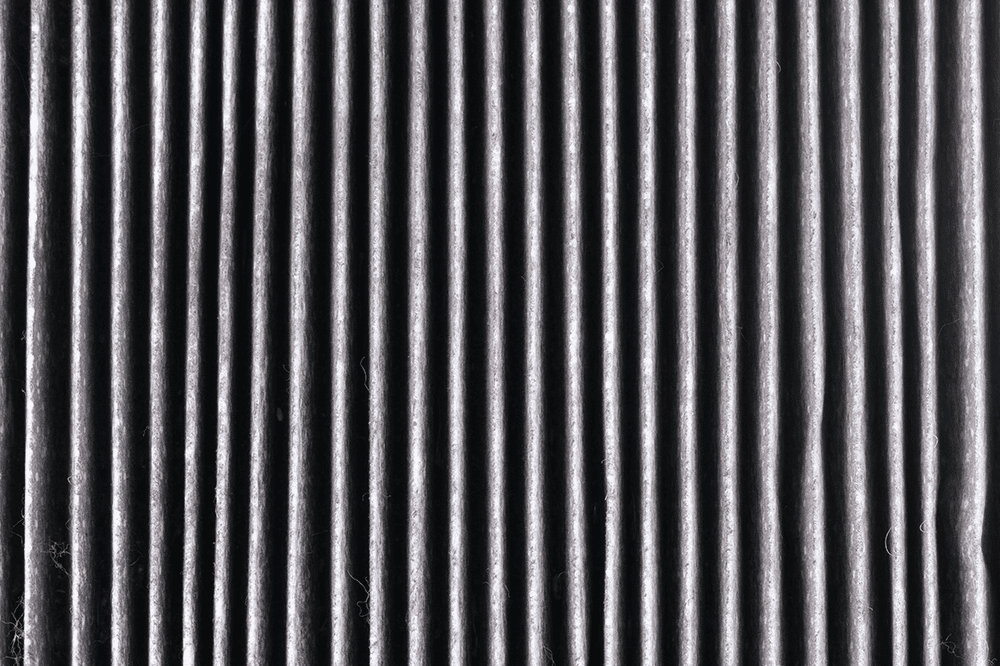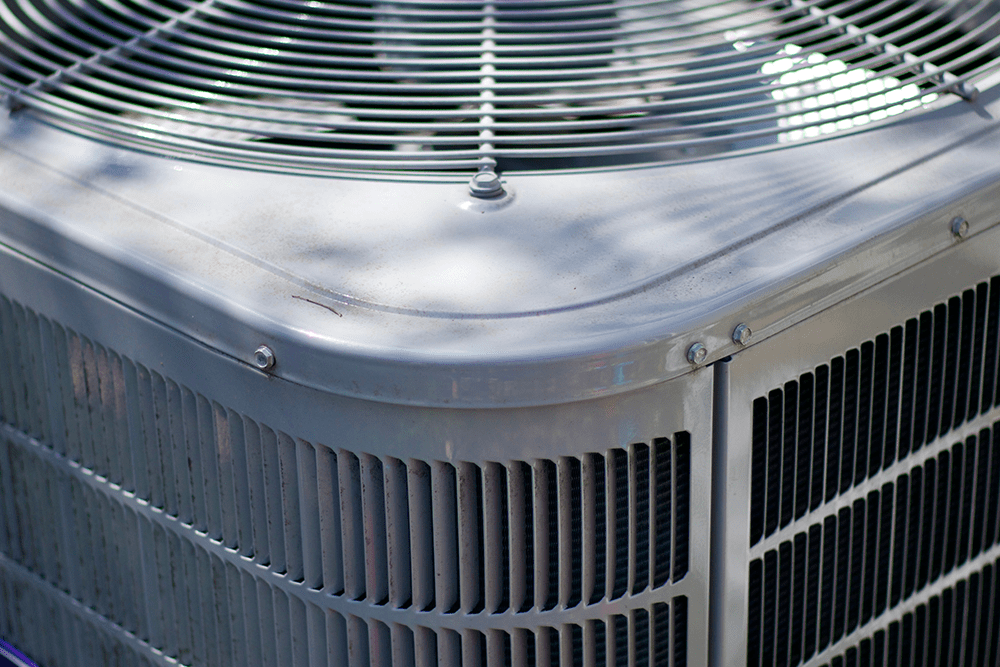
9 Types of Air Conditioner Mold to Look Out For
If there’s one thing every home owner dreads–it’s air conditioner mold. This substance is difficult to look at and can be incredibly dangerous for anyone living in these spaces. Because of mold’s nature, it can be harder to spot at the beginning stages, and grows over time if not taken care of right away.
Typically, mold is fond of damp, dark places, and cold areas. While the rest of your home is usually too warm to see many signs of this nasty stuff, it can still rear its ugly head in any room, anywhere in your home. Not only that, but you can even find it in your kitchen appliances if they’re not being cleaned often enough!
There’s one spot many homeowners wouldn’t even think to check, because it’s out of sight, out of mind: your AC, and all the ducts that pass all that cool air through your home. Thanks to air conditioners and their moist, chilly nature, it’s pretty darn easy to find yourself in the midst of a rapid outbreak, and you might not find out until its too late! Left unchecked, this mold will spread past your air conditioner and into the much harder to reach crevices that are your air ducts.
If you want to save yourself a lot of heartache, time, and money, you’ve come to the right place. We’re going to teach you all about the different types of mold that you can find within these two ever-important areas, and this will help you identify it before it’s too late!
Toxic Air Conditioner Mold – Acremonium
This is a toxic mold that grows and spreads overtime. It looks like a powdery substance on its own, which might leave you worrying that it’ll blend right in with your drywall. Not exactly. It leaves a sickly yellow stain on unpainted white walls, so you’ll find it at a glance if you know what you’re looking for.
Alternaria – A Common Issue
This bad boy is one of the most commonly occurring types of mold. It has a velvet-adjacent sensation to the touch, but it’s got a sickly brownish-green color. You’ll usually find it in any area that has water passing through for any significant period of time, so it’s much rarer to see in your vents or air ducts.
Aspergillus – Hard to Identify
Unfortunately, this type of mold is one of the harder types to identify, mainly because of all the various forms it can take on. It can present itself in many colors, but the more common ones are green, white, or yellow.
Chaetomium – Brown and Cotton
Chaetomium appears as a brown substance with cotton-like texture. This is one mold that tends to change color over time, making it it much more difficult to identify or distinguish. Chaetomium most commonly grows on walls, but can also appear in air ducts and vents, so keep your eyes peeled!
Fusarium – Yellowish to Green, and Finally Black
This is another type of mold that you’ll find growing on walls or other water damaged surfaces, and that means you might see it making an appearance in your air ducts if there’s been any water damage inside. It begins as a yellowish tint, then darkens into green, before eventually turning black the longer it’s left alone.
Mucor – Fluffy and White
If you’re gonna find mold in your air conditioners or vents, it’ll probably be this one. It’s pretty easy to spot thanks to its fluffy white appearance, and that’s for the better, because it needs to be treated ASAP due to the potential danger it can bring to you or your family.
Stachybotrys – Black Mold
It’s good that this one is pretty easy to identify, because it also happens to be pretty deadly. Stachybotrys is fast-spreading and is a nasty, deep black color. It presents in identifiable, curious round spots.
Trichoderma – Spores
This one is another well-known offender in your AC and ventilation. It can only survive in places that are always wet and moist, and that’s why your AC and ducts are perfect places for it to spread. This mold takes the appearance of spores and can RAPIDLY multiply, so get rid of it completely, because it’s got a habit of showing back up.
Ulocladium – Air Conditioner Mold Conclusion
Last but not least in the ranking of homewrecking, Ulocladium. It’s much rarer to see in your AC and its ducts, you’ll be more likely to see it in the cervices of your bathroom and kitchen, presenting in a layered, cakey black substance. This one you’ll probably want a professional to handle, because it’s one of the hardest types of mold to get rid of.
Now that you’ve been equipped with the knowledge, you’ll be able to keep yourself and your family safe. Remember, these types of mold are nothing to play with; you can wind up in the ICU or even dead from long term mold exposure, that’s why it’s incredibly important to keep your air ducts clean. Doing it yourself might seem like a tempting option, but these are one of those things that it’s just better to get a professional to handle. Otherwise you might be putting your, or your loved ones lives in your own hands, and that’s a lot of pressure! Take the weight off your back and give us at Florida Air Express a call. We’ll be happy to do a thorough, detailed job and leave you with a fresh and clean AC (and all those hard to reach ducts and vents), as well as some peace of mind.
continue reading
Related Posts
The Evolution of HVAC Systems: From Humble Beginnings to Modern […]
Understanding the Importance of HVAC Load Calculation: Your Guide to […]
Utilizing Solar Energy to Power HVAC Systems Imagine a world […]



